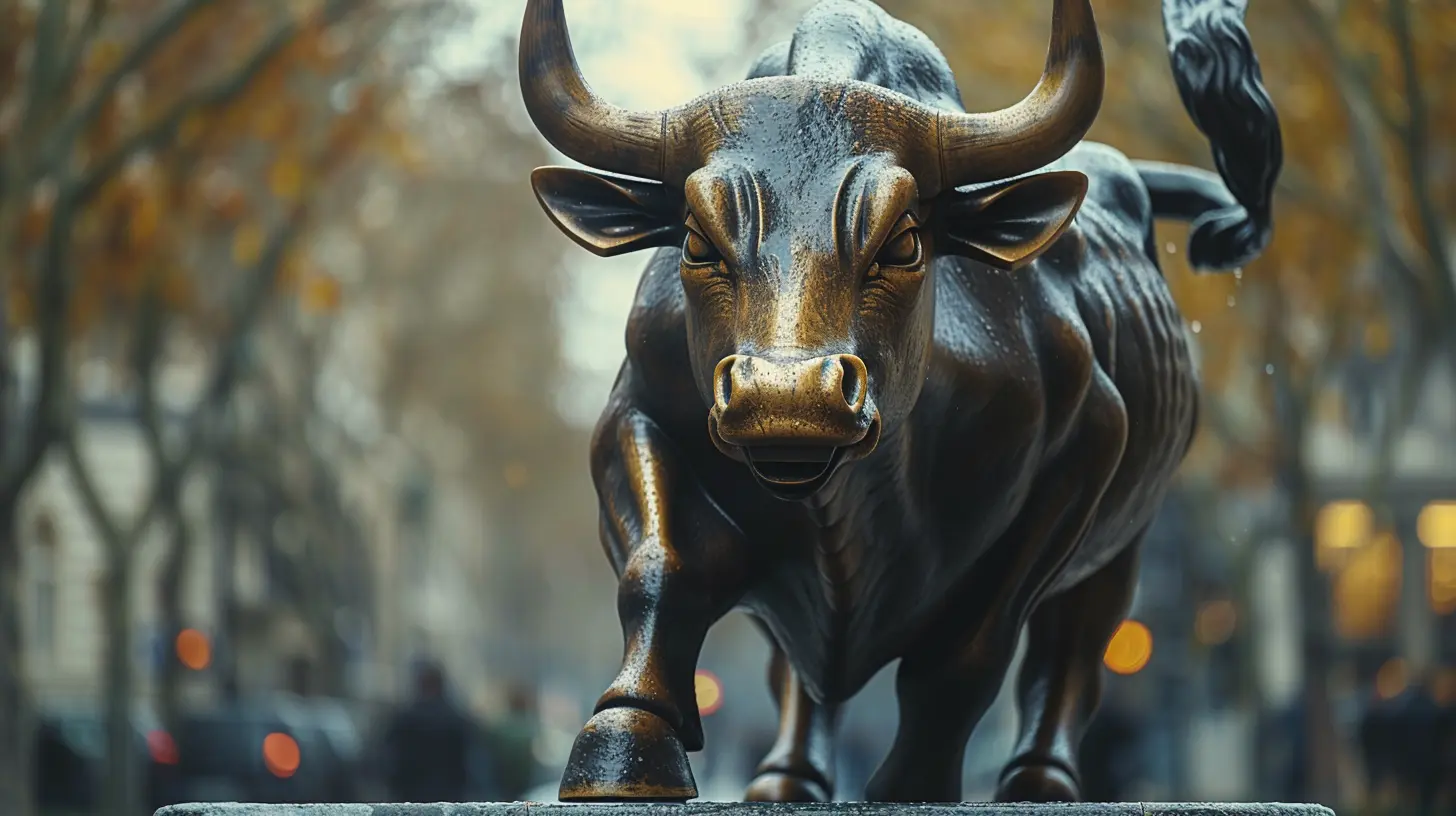22 December 2024
When it comes to investing, there’s no one-size-fits-all approach. Some people like being hands-on, while others are content to sit back and let their money do all the work. This brings us to the age-old debate: active investing vs. passive investing. If you’ve ever wondered what the difference is and which one might be best for you, you’re in the right place. Grab a cup of coffee, and let’s dive in!

What Is Active Investing?
Picture this: You’re trying to climb a mountain. Active investing is like taking the steep, winding trail where you actively choose every step. It involves constant decision-making, research, and monitoring the markets in real time. Investors (or their financial advisors) aim to beat the market by buying and selling stocks, bonds, or other assets based on their analysis and predictions.The Process Behind Active Investing
Active investors don’t just wing it—they rely heavily on strategies, data, and intuition. Think of it like playing chess. Each move you make (buying or selling an asset) is based on anticipating what the market might do next.- Research-Driven Decisions: Active investors dive deep into company performance, earnings reports, and economic trends, almost like detectives solving a mystery.
- Frequent Trading: They routinely buy and sell stocks to capitalize on short-term market movements.
- High Involvement: This approach demands significant time and attention. It's not set-it-and-forget-it; it’s more like riding a rollercoaster strapped to the front seat!
Pros of Active Investing
1. Potential for Big Wins: Since the goal is to outperform the market, skilled active investors may earn higher returns than average.2. Flexibility: Active investors can adapt to market conditions and pivot their strategies quickly, like a quarterback calling an audible play.
3. Personal Control: You’re in the driver’s seat—or at least, your financial manager is.
Cons of Active Investing
1. Time-Consuming: Let’s be real—this isn’t a game for the faint of heart or those short on time.2. Costly Fees: Frequent trading often comes with higher transaction fees and management costs.
3. The Risk of Underperformance: Despite all the effort, many active investors fail to outperform the market consistently.

What Is Passive Investing?
Now, let’s switch gears. Passive investing is like hopping on a train and letting the tracks guide you to your destination. It’s all about taking the easy route, with minimal effort and costs. Instead of trying to beat the market, passive investors aim to mirror its performance.The Process Behind Passive Investing
Passive investing often involves buying into index funds or exchange-traded funds (ETFs), which track the performance of a specific market index, such as the S&P 500.- Set-It-And-Forget-It: You make your initial investment and let it ride for the long haul.
- Diversification: By investing in index funds, you’re essentially putting your money into a little bit of everything, reducing the risk of losing it all if one stock flops.
- Low Maintenance: Like planting a tree and occasionally watering it, you don’t need to check it every day.
Pros of Passive Investing
1. Low Costs: Since you’re not constantly trading, transaction fees and management costs are minimal.2. Simplicity: You don’t need to be a market guru to follow this approach.
3. Steady Performance: While you might not hit home runs, you’re likely to enjoy steady, long-term growth.
Cons of Passive Investing
1. Limited Flexibility: If the market takes a nosedive, you’re riding that train all the way down.2. No Big Wins: Passive investing isn’t about beating the market—it’s about matching it, which might feel underwhelming for the ambitious investor.
3. Patience Required: Returns aren’t immediate. You’ll need to resist the urge to cash out when the market gets bumpy.

Key Differences Between Active and Passive Investing
Now that we’ve looked at both approaches, let’s break it down into a side-by-side comparison:| Aspect | Active Investing | Passive Investing |
|--------------------------|--------------------------------------------|------------------------------------------|
| Goal | Beat the market | Match the market |
| Involvement | High | Low |
| Cost | Higher fees and expenses | Low fees and expenses |
| Risk | Higher (potential for big losses/gains) | Lower (diversified, but no big wins) |
| Time Commitment | Significant | Minimal |

Which One Is Right for You?
Choosing between active and passive investing is kind of like picking your favorite pizza topping. It depends on your preferences.- Are you a hands-on person who loves the thrill of making decisions and analyzing data? Active investing might be your jam. It’s perfect for those willing to put in the time and effort to (potentially) reap higher rewards.
- Do you prefer to take it easy and focus on long-term goals without stressing over the daily fluctuations of the market? Passive investing could be your best bet. It’s simple, cost-effective, and lets you sleep soundly at night.
You might even decide to mix the two approaches. Some investors allocate part of their portfolio to active strategies while letting the rest grow passively. It’s like having a buffet plate—you get a little of everything!
The Role of Technology in Investing
Let’s not forget how technology has changed the game. With robo-advisors and online platforms, even passive investing feels more hands-on these days. Plus, active investors now have access to advanced tools and algorithms that help them make decisions.That said, technology doesn’t replace good old-fashioned intuition or financial literacy. Whether you go active or passive, understanding your investments is key to building wealth.
Final Thoughts
At the end of the day, the choice between active and passive investing boils down to your goals, risk tolerance, and the amount of time (or money) you’re willing to invest in managing your portfolio. Both strategies have their advantages and drawbacks, but what’s most important is picking the one that aligns with your financial journey.Think of investing like planting a garden. Active investors are out there every day, pruning and tweaking to grow the perfect rose. Passive investors, on the other hand, plant a hearty tree and wait for it to bear fruit. Both approaches can work—you just need to decide which one fits your lifestyle.
If you’re ever unsure, consider talking to a financial advisor who can help guide you in the right direction. Remember, the best investment strategy is the one that works for you!











Bear McEachern
Thank you for breaking down the differences between active and passive investing. Your insights have clarified my understanding and will definitely help in making more informed investment decisions moving forward. Appreciate your work!
March 28, 2025 at 1:37 PM